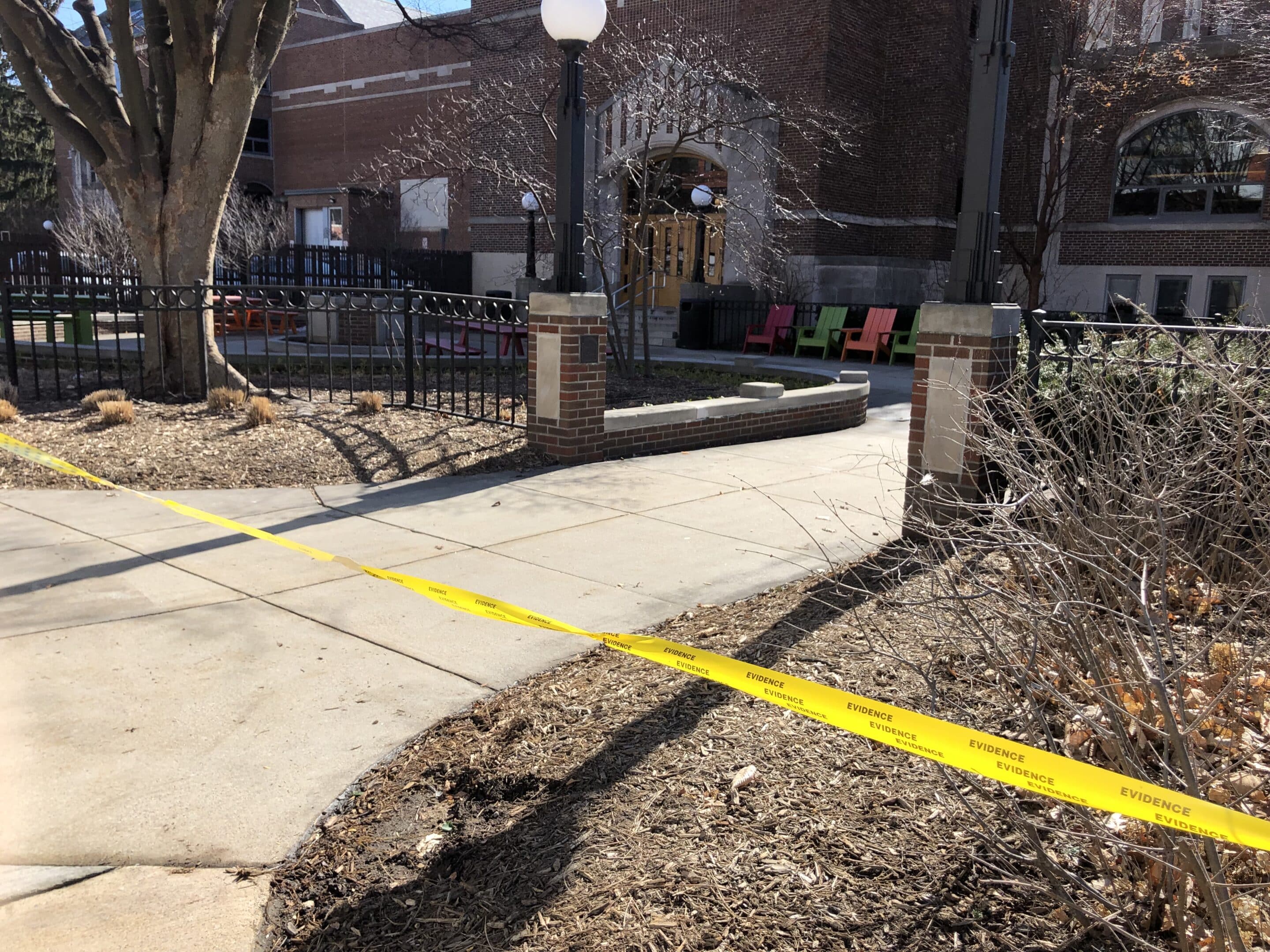Incident Report: Michigan State University Shooting

East Lansing, MI | February 13, 2023
At 8:18 pm, a man holding a 9mm handgun with 10 loaded magazines in his backpack walked through a rear service area door into Berkey Hall on the Michigan State main campus. He fired 14 shots inside the building killing two students and wounding five others. Even though the police were not yet inside the building and he had extra ammo, he left just 5 minutes later.
Continuing his rampage, the assailant fired a shot while moving between campus buildings. At 8:24 pm, he entered the Student Union and fired three shots, claiming the life of a third student. Astonishingly, despite possessing more ammo and still not encountering officers, the shooter abruptly departed from the Union and walked away from the campus within two minutes.

At 8:31pm, after the shooter had already left the campus, the first emergency alert was sent to students, advising them to “run, hide, fight.” Subsequent alerts provided
conflicting instructions, urging students to both “run” and “shelter in place”, while also disseminating inaccurate descriptions of the shooter. The shooter’s body was found five miles away (suicide) at 11:35 pm. During the 5-hour period after the first shots were fired, police responded to more than 2,100 emergency calls with different descriptions and locations of the shooter in dozens of campus buildings while students barricaded themselves in bathrooms, closets, and dorm rooms.
“Michigan State has a very complex system with thousands of cameras. Not knowing the route that the shooter had taken led to a delay.” – Renee Gonzalez, Michigan State Police
Situational awareness could have saved time, and likely saved lives. If there was proactive gun detection and a security protocol in place, when the shooter was visible on camera holding a handgun while entering Berkey Hall, within seconds an alert could have been sent to campus police and authorized staff with a human-verified photo and location of a person with a gun.
If a campus alert was immediately issued the following could actions could have been taken:
- Students inside Berkey Hall would have had time to block doors or evacuate the building before the shooter walked into their classroom.
- Students outside would have known to stay away from Berkey Hall.
- Other campus buildings could have been secured, preventing the shooter from entering a second location.
- Instant alerts with images of the shooter would have also cut through the confusion caused by thousands of 911 calls with different descriptions of the perpetrator.
- Police would have immediately known there was a single attacker with the building name and location of the shooting.
- Students in hundreds of unaffected campus buildings wouldn’t have needed to barricade inside closets and bathrooms—simply locking the exterior doors would have enough.
Each stage of a mass shooting or active shooter incident has its own set of risks and vulnerabilities, therefore requiring different types of solutions.
Some of the most common solutions that leaders look to for active shooter prevention include metal detectors, door locks, or barricades. These measures can be helpful, but it’s critical to understand that they do not address all five stages of a mass shooting. In fact, most security measures, like the examples aforementioned, only address the Active Stage of a mass shooting—and in some cases, could even potentially put the people they are trying to protect at greater risk.
Read more about the five stages of a mass shooting here.
ZeroEyes delivers a proactive, human-verified, visual gun detection and situational awareness solution that integrates into existing digital security cameras.
Providing situational awareness can reduce response times… ultimately saving lives.